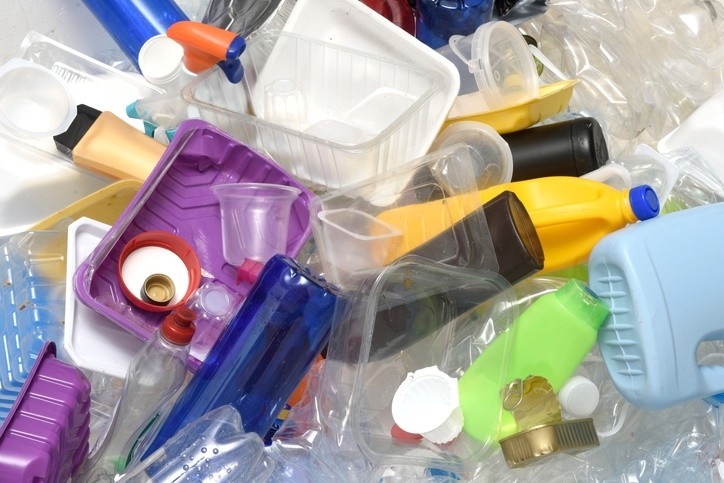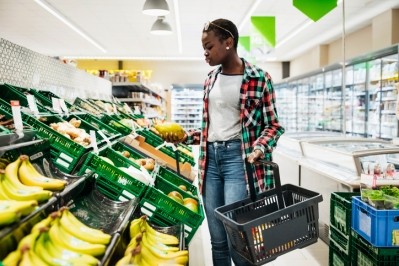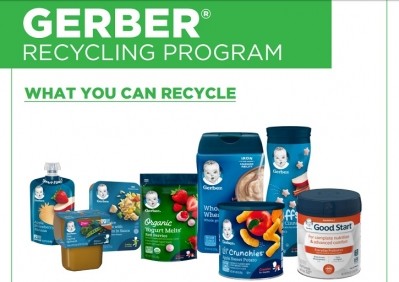3 ways brands ditching plastic can level-up packaging to drive consumer loyalty & engagement

Rather, it could hold the key not only to reducing plastic use but also covering the costs associated with changing business models, argued Xinnan Li, an associate analyst for Rabobank focused on supply chains.
At Rabobank’s Annual Food & Agribusiness Summit in New York City last week, Li acknowledged that“enormous challenge” facing the more the 100 major brands aiming to reduce plastic packaging and increase recyclable content is actually paying for the changes, including footing the bill for researching or acquiring new packaging solutions, as well as convincing consumers that the convenience and safety offered by plastic will not be compromised.
Cultivating new business models
But, by 2030, Li predicted new business models around reduction and reuse of packaging will help companies – and consumers – transition away from single-use, disposable plastic packing.
For example, she said, companies increasingly are, and will continue to offer economic incentives to encourage consumer behavior change – such as discounts when they purchase refills for previously purchased reusable packaging. This strategy has the added benefit of increasing brand loyalty.
Another example is the development of new technologies, such as the edible plant-based coating created by Apeel Sciences to keep avocados fresher longer, making the classic plastic covering redundant.
“This is not to say that plastic is going away. It is a fantastic material to keep our food safe, and also extend shelf life, but rather this is a great opportunity for growth and innovation, and we have long term commitments to our clients in this path,” Li said.
Waste management transformation
Vertically integrating the waste management industry within the broader food and beverage industry is another way that manufacturers can control costs associated with plastic reduction and meet their goals to use more recycled materials, Li said.
“Today, waste management is practically non-existent besides landfills, incineration and an extremely dysfunctional recycling system in North America,” she said. But, she predicted, “over the next 10 years, we believe technologies like the advanced sorting and chemical recycling in addition to a well-functioning waste infrastructure has the potential to reinvent the industry and create value for the plastic waste that is worthless today.”
Smart packaging is a smart business decision
Finally, Li encourages manufacturers that are changing their packaging to take the opportunity to invest in so-called smart packaging that communicates with consumers via their many wireless devices.
She predicts by 2030, packaging will be able to “talk to our wireless devices and tell us what to buy according to pre-set personal preferences, such as allergens or sugar and protein content that we care about.”
But why stop there, she asked. “It will also be able to tell us about a range of issues from farming practices to the overall environmental impact of packaging. It will enable consumers to look at packaging beyond just whether it can be recycled or not.”
She argues that this added level of transparency will empower consumers and act as an important differentiator for brands to help drive sales.
“In a world where Alexa knows best,” Li said, “smart and intelligent packaging will give Alexa everything she wants to know.”









